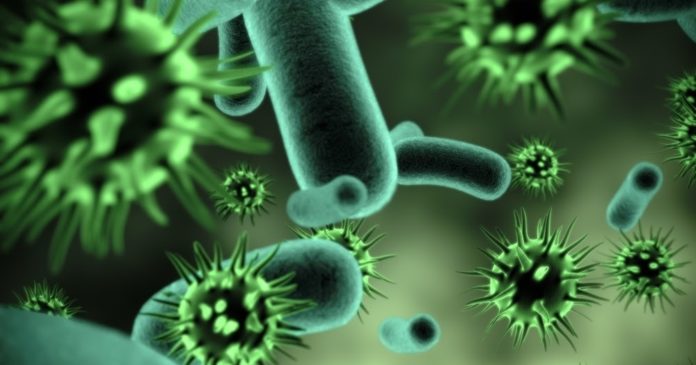According to a new study of DNA fragments, our body contains vastly more diverse microbes than anyone previously understood. And these overwhelming majority of these microbes inside us has previously never seen before.
Scientists were actually searching for non-invasive ways to predict whether an organ transplant patient’s immune system would recognize the new organ as foreign and attack it, an event known as rejection. Generally, tissue biopsy method is used for this task, which takes a long time to process.
But scientists DNA containing therein. Those samples are actually composed of fragments of the organ donor’s DNA and a comprehensive view of the collection of bacteria, viruses and other microbes. This combination makes person’s microbiome.
Stephen Quake, a professor of bioengineering and applied physics said, “We found the gamut. We found things that are related to things people have seen before, we found things that are divergent, and we found things that are completely novel.”
Previous studies on it suggest that there were identifiable changes to the microbiomes of people with compromised immune systems. Those positive tests for the organ donor’s DNA were a good sign of rejection.
But that data also consists something weirder. 99% of the non-human DNA fragments failed to match anything in existing genetic databases. Almost of them belonged to a phylum called proteobacteria. It also includes other species like E. coli and Salmonella.
Previously unidentified viruses generally not associated with disease but often found in immunocompromised patients. They actually made of a large group of viruses.
Quake said, “We’ve doubled the number of known viruses in that family through this work. More important, we have found an entirely new group of torque teno viruses. Among the known torque teno viruses, one group infects humans and another infects animals, but many of the ones the researchers found didn’t fit in either group.”
“We’ve now found a whole new class of human-infecting ones that are closer to the animal class than to the previously known human ones, so quite divergent on the evolutionary scale.”
Quake said, “I’d say it’s not that baffling in some respects because the lens that people examined the microbial universe was one that was very biased. For one thing, researchers tend to go deep in the microbiome in only one part of the body, such as the gut or skin, at a time. Blood samples, in contrast, “go deeply everywhere at the same time.”
“Looking at blood samples in an unbiased way led us to the new results and a new appreciation of just how diverse the human microbiome is.”
“There are all kinds of viruses that jump from other species into humans, a sort of spillover effect, and one of the dreams here is to discover new viruses that might ultimately become human pandemics.”
“Understanding what those viruses are could help doctors manage and track outbreaks.”
“What this does is it arms infectious disease doctors with a whole set of new bugs to track and see if they’re associated with the disease. That’s going to be a whole other chapter of work for people to do.”
